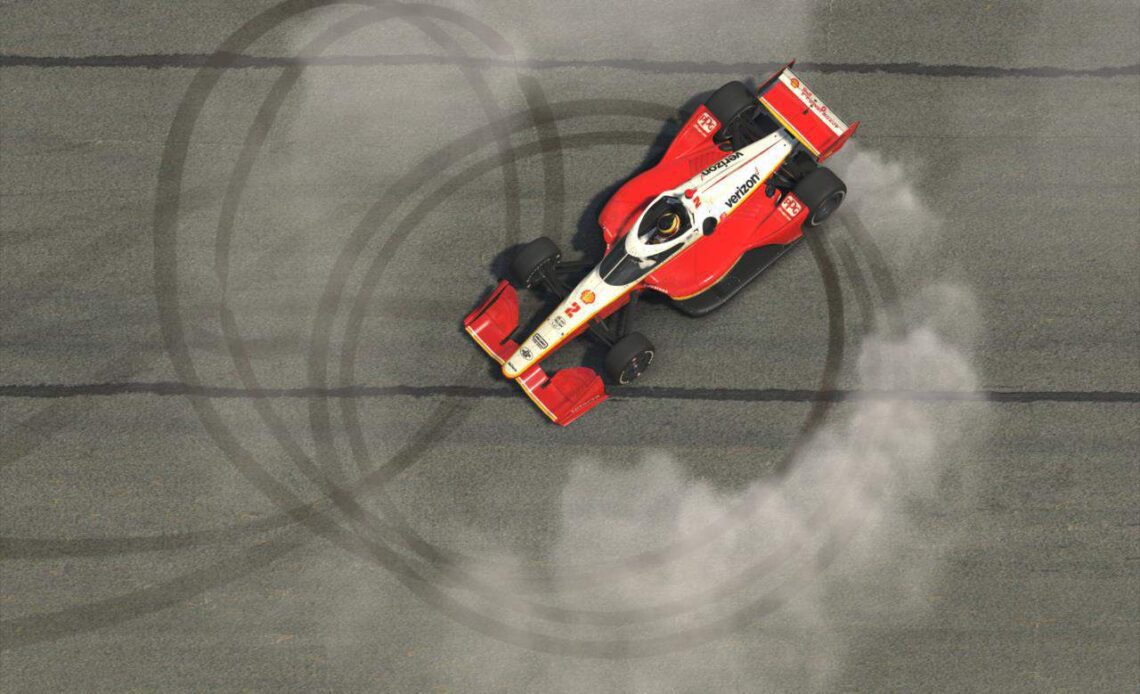Compared to NASCAR and Formula 1, the history of IndyCar video games is very scattershot.
Sure, there are a couple of highlights. Consoles and arcades in the 90’s had the solid Danny Sullivan’s Indy Heat and Michael Andretti’s IndyCar Challenge.
Papyrus, the legendary predecessor to the current iRacing development team, got its teeth cut in 1989 with Indianapolis 500: The Simulation; perhaps the first very realistic racing game, or at least as realistic as the MS-DOS could get.
Papyrus would also develop IndyCar Racing and IndyCar Racing II, before the open wheel split led them to focus only on NASCAR for their licensed game offerings.
The split came at the worst possible time for the series, as it made licensing the series a bit of a nightmare. Do you license CART or do you license IRL? Codemasters went with IRL for two games in the early 2000’s, and that was about it, while CART made one appearance in Sony’s 1997 CART World Series on the original PlayStation.
IndyCar has not had a dedicated video game since IndyCar Series 2005 came out in 2004, mainly due to the series still struggling for popularity in the years right before and following reunification. At best, IndyCar licensed vehicles appeared sporadically in series such as Project Cars and Forza off-and-on throughout the 2010s.
In 2021, IndyCar signed a deal with Motorsports Games for a new video game, due out in 2023. At the time, this seemed like a positive move for the brand, moving them more in line with NASCAR as far as regular annual releases being the norm instead of the exception.
What’s more is that video games can be a very powerful learning tool. Madden NFL , the franchise everybody is chasing, is a great example of this.
In the 80’s, John Madden, the Super Bowl winning coach turned star broadcaster, was approached by Electronic Arts for his license for a sports game. Madden, saw the teaching possibilities video games brought to the table through hands-on learning. You can show kids a playbook and how the game is played, or you could put them on the field virtually and let them figure it out.
The only issue, reportedly, was that Madden demanded full 11 on 11, 22 man football. After being approached for the project in 1984, John Madden Football would take four years to finally come out thanks to this. SB…
Click Here to Read the Full Original Article at …

